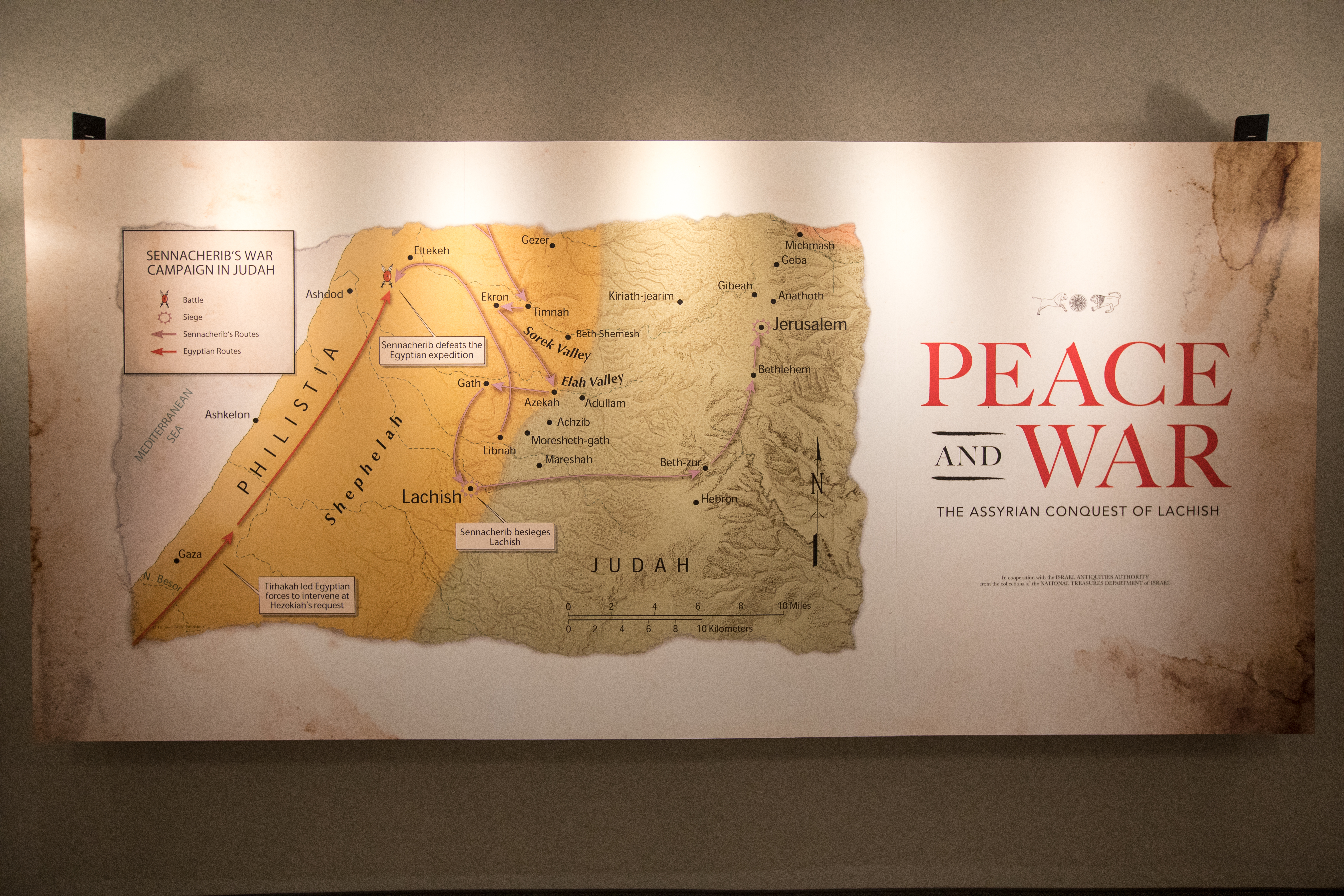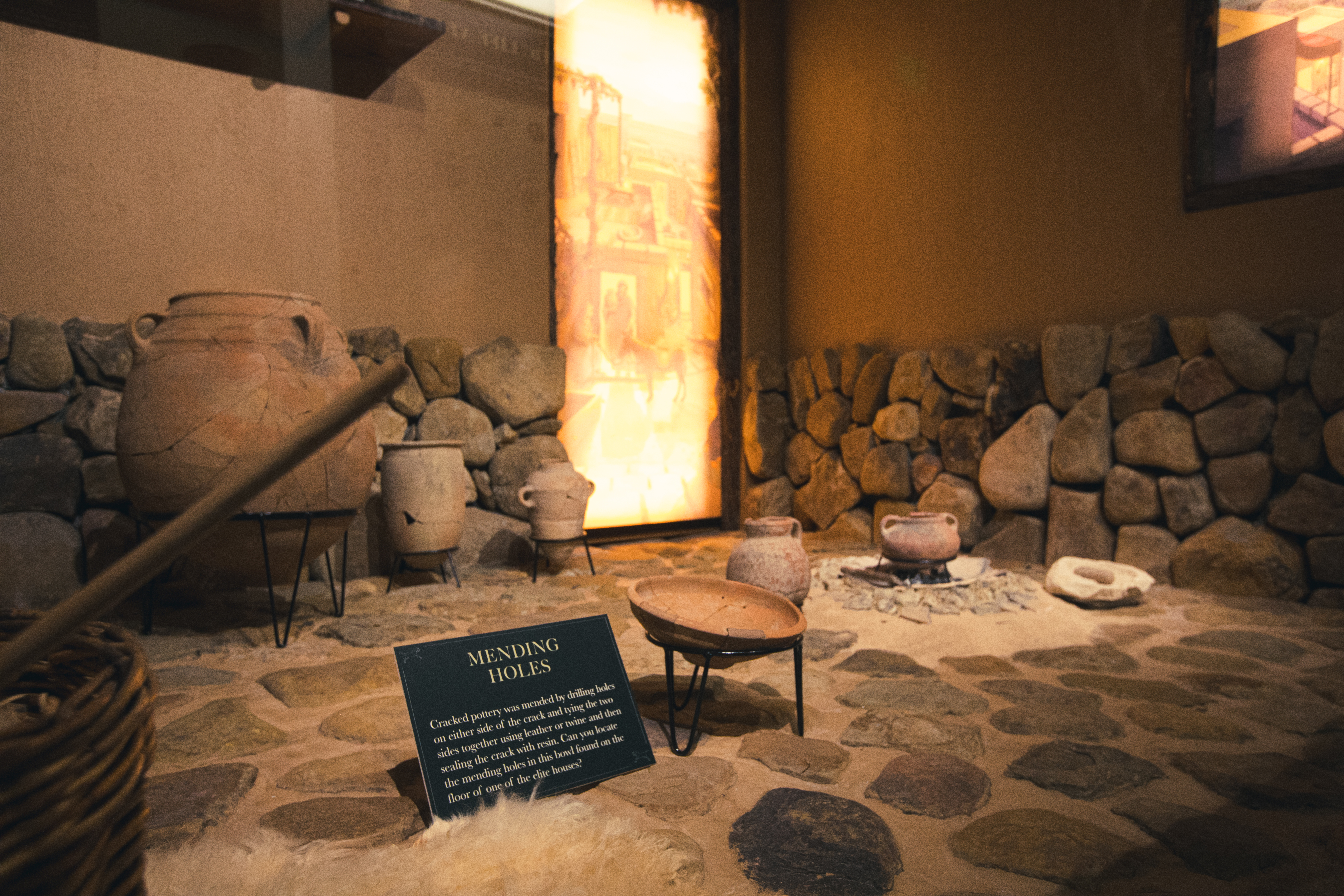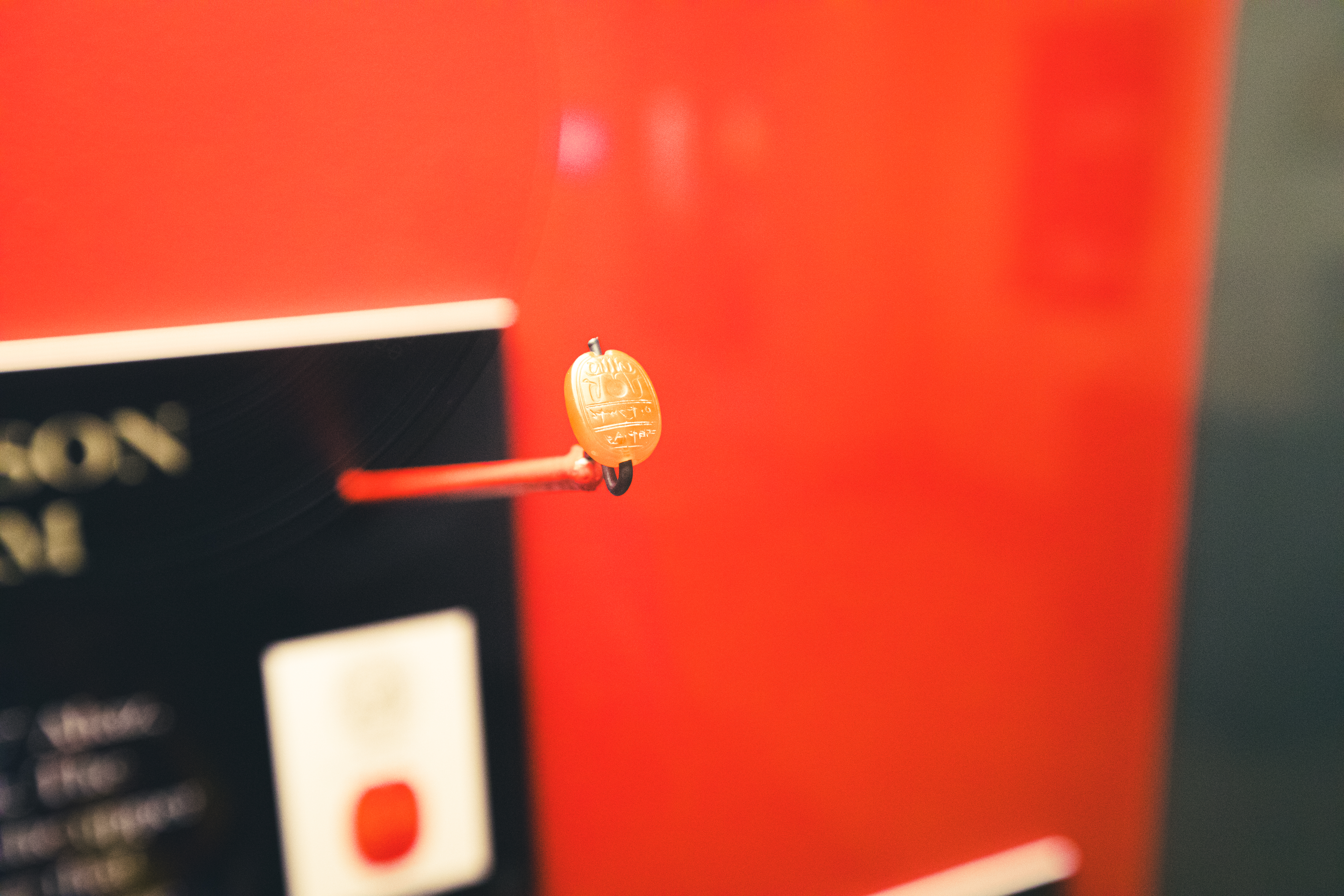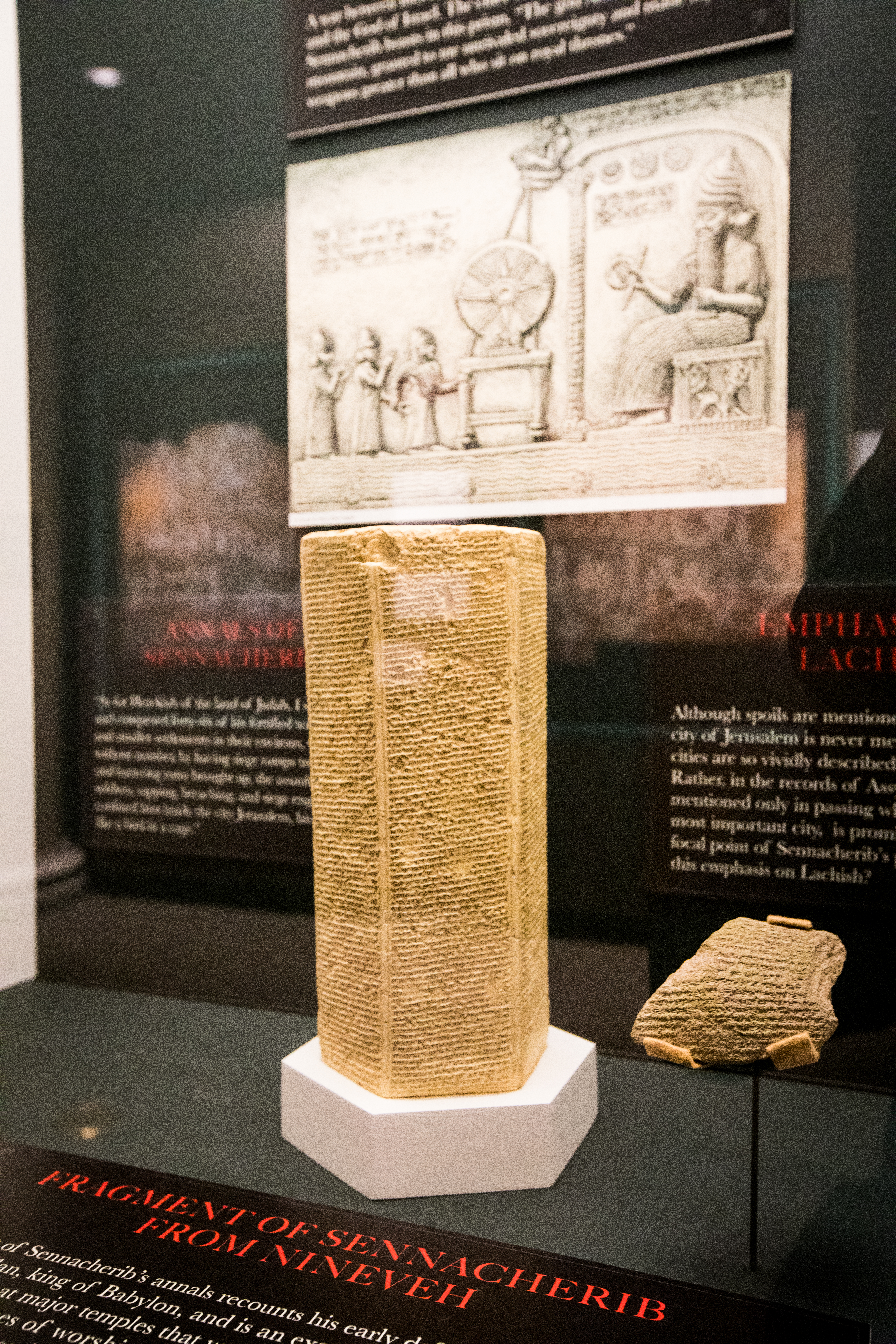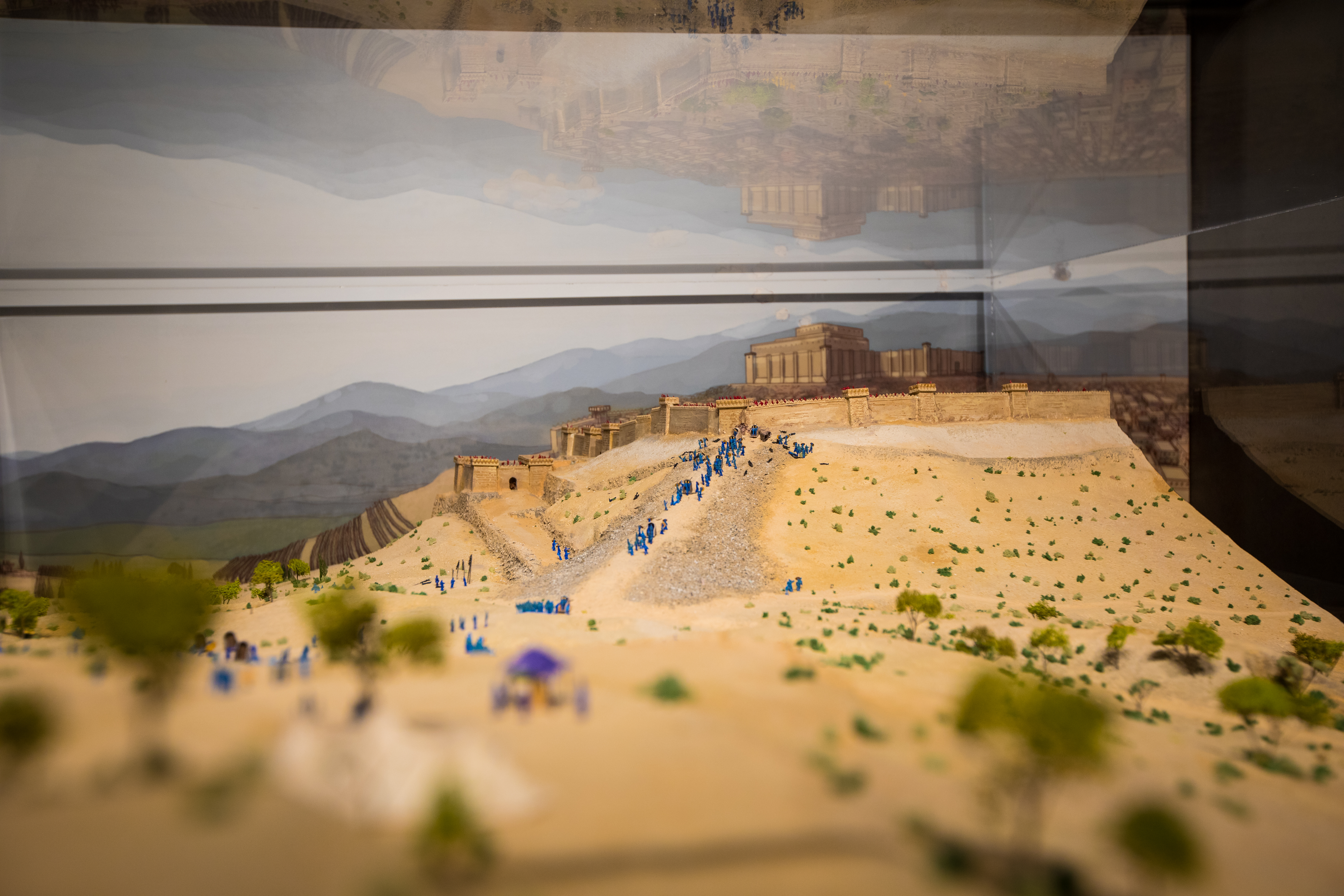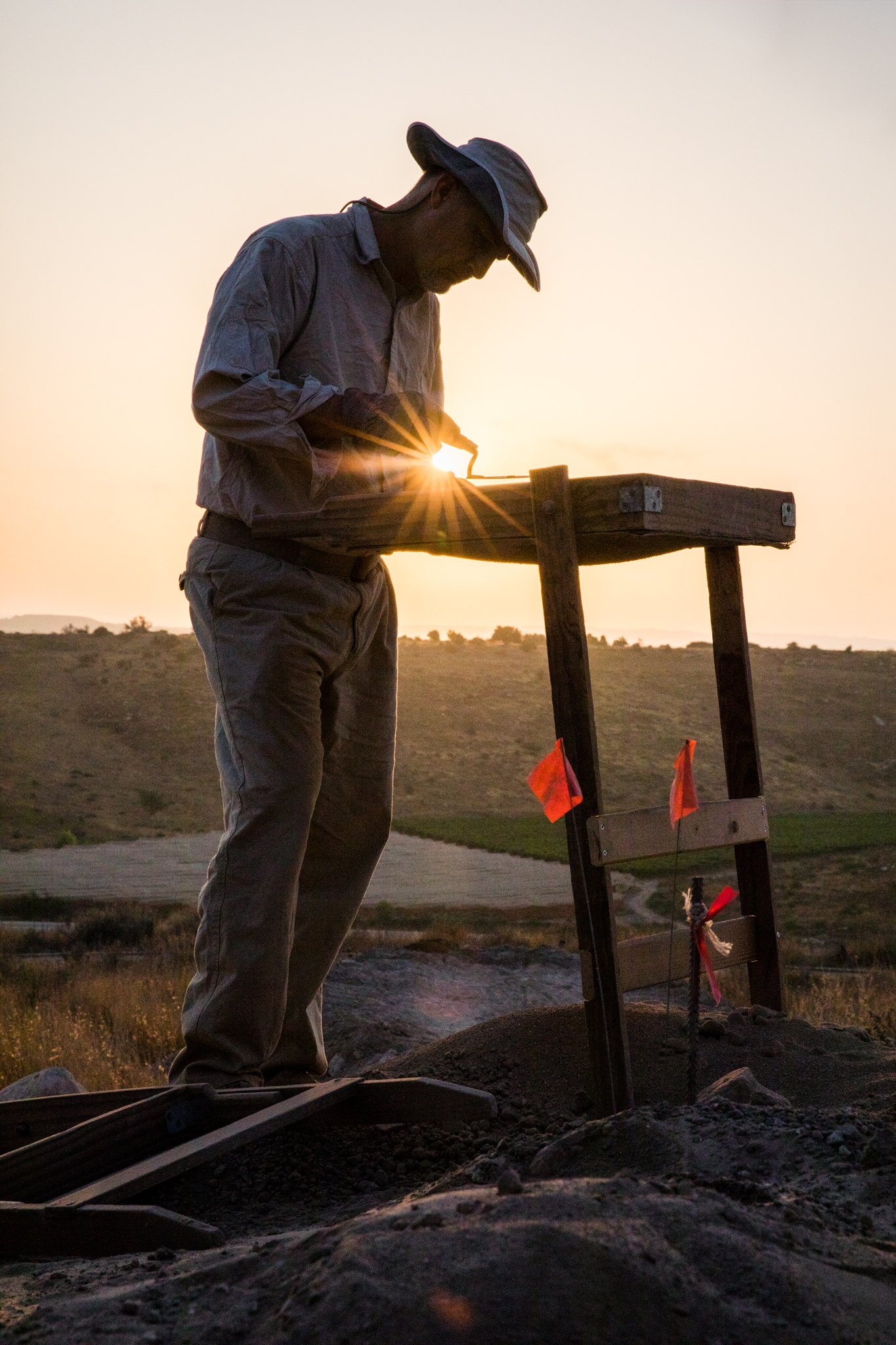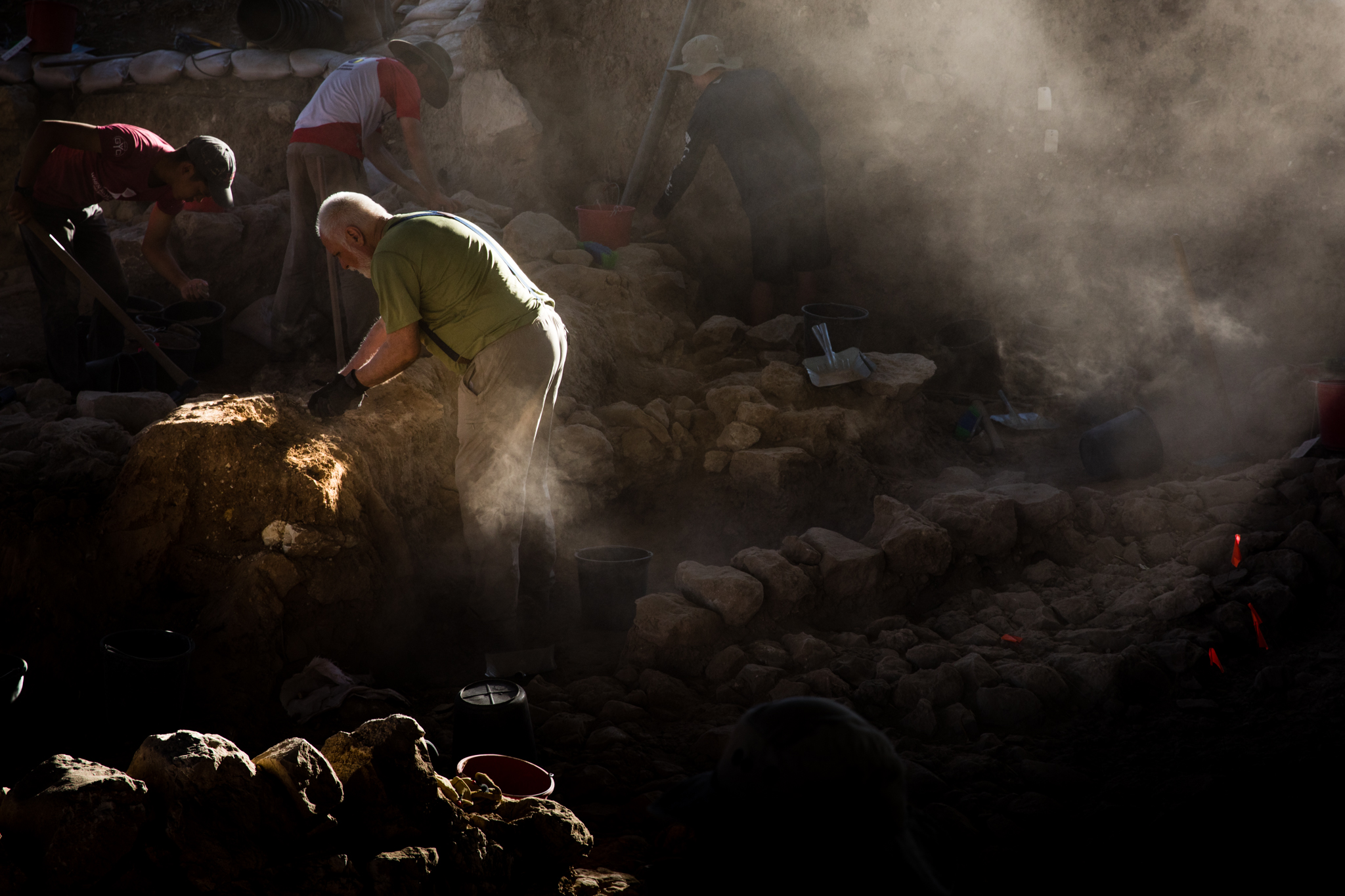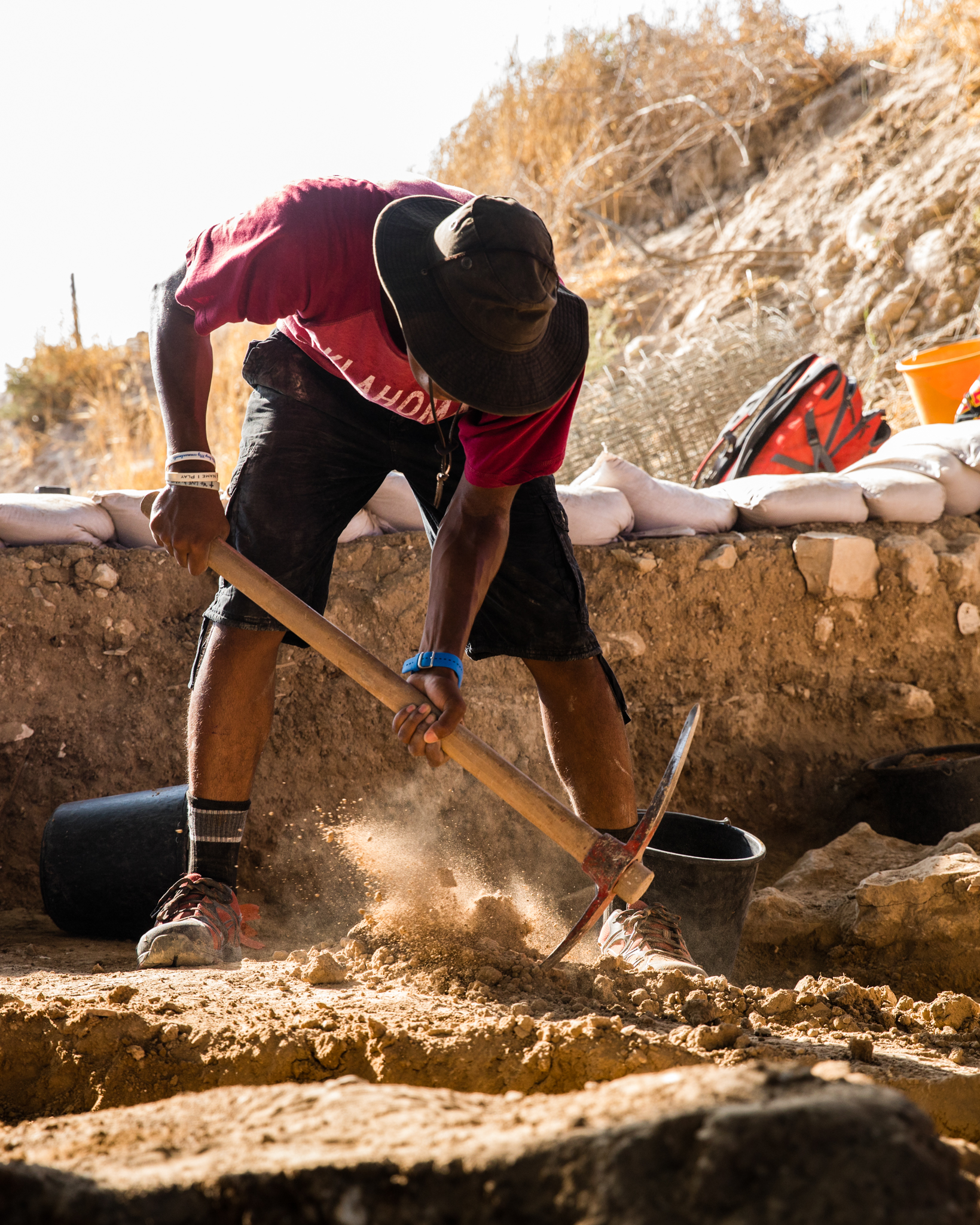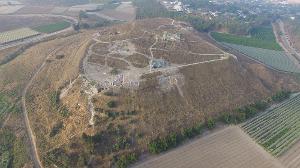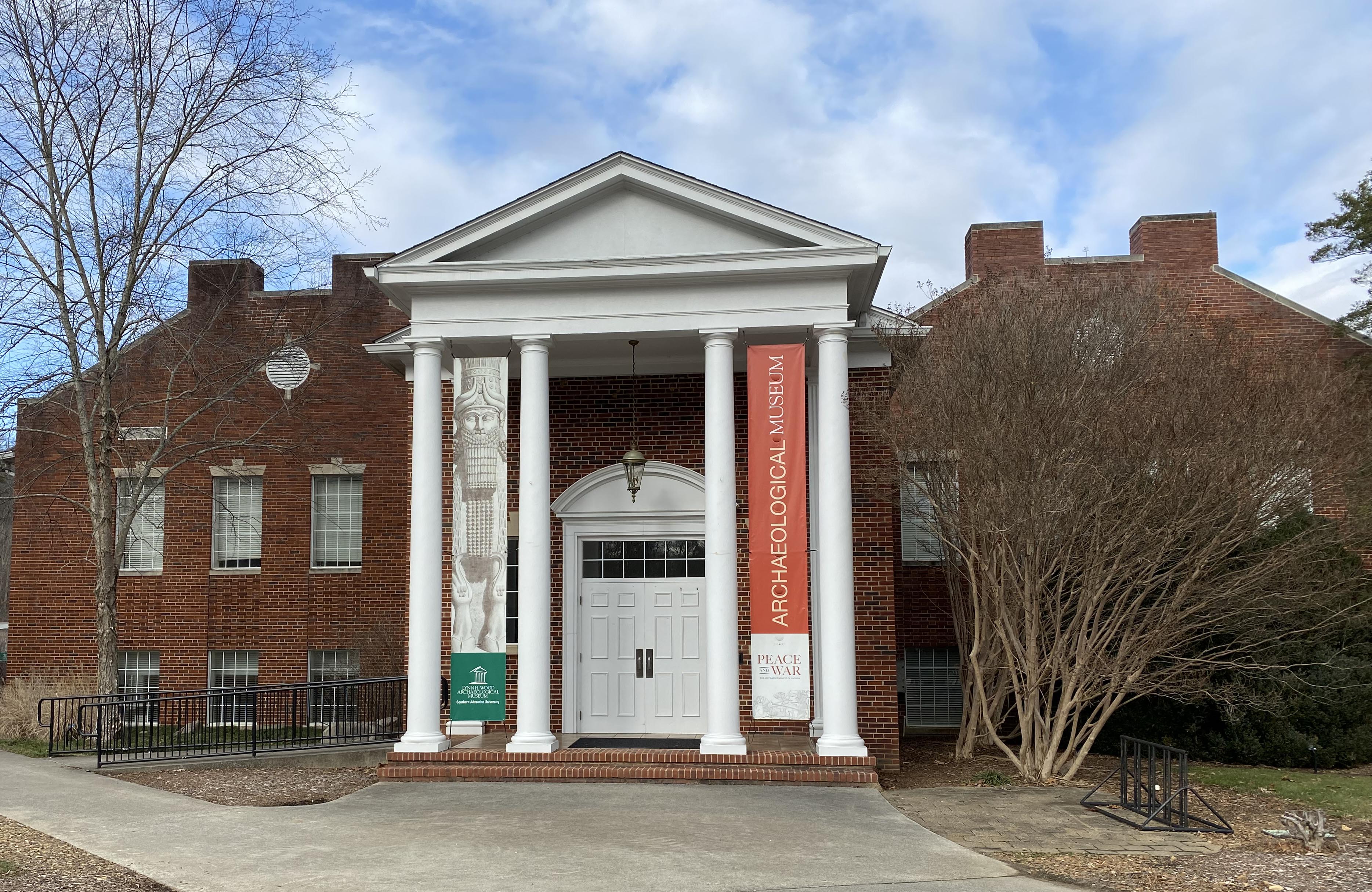
The museum is open.
Visit the Archaeology Museum
Current Exhibition: Peace and War: The Assyrian Conquest of Lachish
Peace and War: The Assyrian Conquest of Lachish features over 80 artifacts and objects from the Fourth Expedition to Lachish, a series of excavations from 2013 to 2017 in the royal city that was second only to Jerusalem in ancient Judah. This exhibit shows the story of a critical tipping point in history that determined the survival of ancient Israel, its kings, and the covenant promise of the Messiah.
View our Visit page for more information about visiting or scheduling a tour.
Contact Us
Southern Adventist University
4960 Colcord Drive
Collegedale, TN 37315
| Summer Break 2024 | April 26 - September 1 |
| Fall Break 2024 | October 17 - 20 |
| Thanksgiving Break 2024 | November 23 - December 1 |
| Christmas Break 2024 | December 13 - January 13 |
| Martin Luther King Day 2025 | January 20 |
| Spring Break 2025 | March 13 - 23 |
Why We Are Here
Museum attendance has dramatically increased over the last few decades. Every year,
three out of five Americans will visit a museum. People are looking for ways to experience
learning in an unforgettable way. The birth of the Lynn H. Wood Archaeological Museum
began with a vision to bring the biblical world to life dynamically through experiencing
the ancient Near East. Our goal is to continue the Seventh-day Adventist Church's
long tradition of archaeological research in the Middle East. It is vital to study
the biblical world firsthand. Through teaching, research, publication, exhibition,
conservation, and community education, we hope to make this an unforgettable experience
for our students, visitors, and the community.
What We Offer
The Lynn H. Wood Archaeological Museum is honored to be the home of the William G.
Dever Near Eastern Collection, which, together with other donations and acquisitions,
provides the basis for a stunning visual display of more than two hundred objects
from Egypt, Babylonia, Persia, Syria-Palestine, Greece, Cyprus, and Anatolia. Illustrated
through hundreds of photographs, drawings, and pieces of original art, the exhibit
is designed to introduce artifacts in their ancient life setting. Highlights of the
exhibit include an ancient Babylonian brick stamped with Nebuchadnezzar's name, a
complete series of lamps from the Chalcolithic to the early Arabic periods, handwritten
cuneiform tablets from the ancient Ur, and a series of Syrian toggle pins from the
Middle Bronze Age.
